The term enrichment is thrown around all of the time now in dog communities. However, this “hot topic” is largely misunderstood.
The dog community talks about enrichment in a way that can make many dog owners feel like they are dumb for not knowing what it is, so they are afraid to ask.
For those that do have a little understanding of it, the first things that usually come to mind is using a slow feeder bowl or giving a dog a rubber toy with food in it such as a Toppl or Kong.
Those that understand enrichment on a bit of a deeper level, know that feeding your dog a meal in a challenging device slows down fast eaters and results in the meal being more challenging to eat.
However, enrichment is so, so much more than that, and it’s not a “new”, trendy thing.

The concept has been has been applied for decades for zoo and laboratory animals.
In this article, I go into depth about what dog enrichment really is, why it is important, and give you some dog enrichment ideas that are appropriate for Dachshunds.
What is Enrichment?
The concept of of enrichment goes back to the 1950s, but has only more recently been applied to domestic pets.
In scientific terms, refers to the deliberate and thoughtful provision of stimuli and activities that cater to an animals natural instincts, cognitive abilities, and physical needs.
In domestic pets like dogs, the goal of enrichment is to enhance their overall well-being by promoting mental, physical, and emotional health, which can help prevent negative behaviors that often arise from boredom, stress, or lack of stimulation.
The rough timeline of enrichment for animals is as follows.
1950s-1960s: Emergence of enrichment in zoos
Early zoo environments were often barren, with animals confined to small, sterile enclosures that lacked the complexity and stimulation of their natural habitats. They began to shift from simply displaying animals to focusing more on their welfare.
Zookeepers observed that these captive animals often exhibited abnormal or stereotypic behaviors (repetitive, purposeless actions) due to the lack of stimulation and the unnatural environments in which they were kept.
The concept of enrichment was introduced as a way to help fulfill the natural needs of captive animals and help address these behavioral issues.
1960s-1970s: Enrichment for laboratory animals
The idea of enrichment began to gain traction in research settings, particularly with laboratory animals. Researchers noticed that animals in sterile lab environments often exhibited similar stress-related behaviors to those seen in zoo animals.
The focus here was on improving the welfare of lab animals, such as primates and rodents, by providing more complex environments and social opportunities.
Enrichment in this context not only improved the animals’ well-being but also made them more suitable models for scientific research, as stress and abnormal behavior can confound experimental results.
1970s-1980s: Formalization and growth of the concept
By the 1970s and 1980s, enrichment had become a more formalized concept in both zoos and research facilities. The term “environmental enrichment” began to be widely used to describe various techniques aimed at enhancing the quality of life for captive animals.
Enrichment methods included the introduction of problem-solving tasks, modifying enclosures to more closely mimic an animals natural environment, and adding opportunities for social interaction.
Late 20th and early 21st centuries: Expansion to domestic animals
The idea of enrichment for domestic animals gained popularity as pet owners became more aware of the importance of mental and physical stimulation for their dog’s and cat’s well-being.
Today, the “product category” of enrichment has exploded in the pet industry. When I attended the Global Pet Expo tradeshow earlier this year, many of the companies had developed some kind of “enrichment” product to capitalize on the trend.
Why is Enrichment Important for Your Dog?
As much as we don’t like to think of it this way, pets are animals held by us in captivity.
In the wild, dogs and their ancestors (wolves) spent much of their day engaged in activities like hunting, scavenging, and exploring.
Humans then selectively bred these wild dogs to perform certain tasks for us like hunting, eradicating vermin, herding, and protection. They had jobs.
Despite domestication, dogs retain much of these natural and “artificially selected” needs.
Dogs kept as pets in home environments live within our controlled and predictable environments, which doesn’t allow them to use their natural abilities, instincts, or fulfill their breed’s purpose.
Enrichment aims to satisfy these innate behaviors by mimicking the challenges and activities dogs would naturally engage in if they were living in the wild.
Incorporating enrichment activities into your dog’s life helps keep their minds and bodies active, gives them a sense of purpose and satisfaction, promotes positive mental states, and improves a dog’s overall welfare.
Lack of Enrichment and Behavior Issues Are Connected
A dog’s instincts drive them to engage in specific activities, and when their mental, physical, and social needs are not met, it can lead to boredom, frustration, hyperactivity, stress, and anxiety.
Unfulfilled dogs can become and restless and often find ways to entertain themselves in ways that are undesirable to their owners.
This is particularly common in dogs that are left alone for long periods without sufficient mental or physical engagement.
Common behavioral issues that result from lack of stimulation (enrichment) include:
- Excessive barking
- Chewing and destructive behavior
- Separation anxiety
- Excessive licking or chewing of themselves
- Jumping on people
- Leash pulling during walks
- Aggression towards other dogs or people
Pet owners pay, sometimes thousands of dollars, to help correct these types of behaviors. Consider that many of these can be addressed simply providing a dog a more fulfilling life!
The 4 Types of Enrichment
There are 4 types of enrichment that dogs need.
- Cognitive enrichment – engaging a dog’s mind in activities that challenge their thinking processes.
- Sensory enrichment – exposing dogs to new smells, sounds, and sights that stimulate their senses in a positive way.
- Physical enrichment – providing sufficient and appropriate exercise for your dog and their breed type.
- Emotional and social enrichment – providing ample opportunities for your dog to interact with other dogs and people.
Most enrichment activities satisfy two or more of these types.
The Natural Instincts of Dachshunds
This blog is about the Dachshund breed specifically, although a lot of what I share applies to all dogs, so I’m including a section about their specific needs.
The natural instincts of Dachshunds includes mental/physical/instinctual needs and social needs.
Mental/physical/instinctual
All dogs were descended from wolves, or wolf-like dogs, who were predators. Predators exhibit a logical string of actions when hunting.
Put together, this string of actions is called a predatory sequence. It’s more commonly referred to as prey drive. For wild or feral animals that must survive in the environment by hunting, this sequence is complete.
However, through the process of domesticating dogs, humans messed with this sequence on order to meet our needs. Certain parts of the sequence were interrupted or modified to emphasize or restrict certain aspects of it.
Note: The look and general personality of each dog breed is influenced by this artificial selection. This thought is fascinating and blows my mind a little. Form does indeed follow function!
Dachshunds were bred for hunting, and the parts of the predatory sequence that were retained or amped up are:
- Orient: Finding the prey by following a scent, tracking an animal, or locating a den.
- Chase: Actually chasing the prey.
- Grab-bite: Snatching the prey. Sometimes swiftly combined with the kill-bite in the next step.
- Kill-bite: Either a shake or a solid crunch (sometimes both) designed to kill something.
- Dissect: Shred the prey that they caught.
- Consume: Eat the pieces of the prey (through selective breeding of domesticated dogs, this one has been mainly eliminated, but occasionally it filters back through).
Social
Hunting was a deeply social experience for a Dachshund. They thrived on the interaction with both other dogs and humans.
During hunts, they often worked in pairs or small groups of dogs, where teamwork was crucial. They formed strong attachments to their owners and handlers, as this close relationship was vital for successful hunting.
In order for a Dachshund to be fulfilled, they must be given acceptable outlets to satisfy these natural instincts. Because Dachshunds today are primarily kept as pets, and many, many of them live in urban environments, their ability to satisfy their needs themselves is extremely limited.
That’s where we must step in and provide this outlet for them.
How to Enrich Your Dog’s Life
You can enrich your dog’s life by providing him or her an outlet to fulfill their natural instincts as a dog, and specifically those that fulfill the “duties” they were bred for.
If you search online for “dog enrichment ideas”, most of the results will suggest puzzles, games, treat toys, and even dog sports enrichment.
I compiled a list of the 15 most common enrichment ideas (it’s written for Dachshunds but is generally relevant for all dogs).
If those are the only tactics you use though, your dog world can still be very, very small in my opinion.
Those of you who have been following us for a while know that love to hike, camp, and travel with my Dachshunds. I 100% believe this is life enrichment too!
Hiking can help fulfill the orient (seeing wildlife) and chase (following a scent along a trail) parts of the prey drive, and it’s social if you go with other dogs and people (or meet them on the trail).
Camping can fulfill those needs in much the same way, and can provide even more social opportunities when sitting around camp with friends.
Travel allows your dog to experience new sights and smells that can simulate their brains and noses in new ways.
So think outside of the box!
Final Thoughts
Even though the idea of enrichment is new to some, the concept has actually been around since the 1950s. The practice improves the lives of animals held in captivity (we don’t want face it, but that’s what pet’s are).
It’s important that all categories of a dog’s needs are being met – mental and sensory stimulation, physical exercise, and social needs – to help prevent stress, anxiety, compulsive disorder, behavioral issues, and other dysfunction.
It’s not just an optional luxury; it’s crucial a component of holistic pet care that leads to happier, healthier, and more well-behaved dogs.
Ultimately, an enriched dog is well-adjusted, and investing in enrichment is one of the most effective ways to enhance the quality of life for our beloved companions.



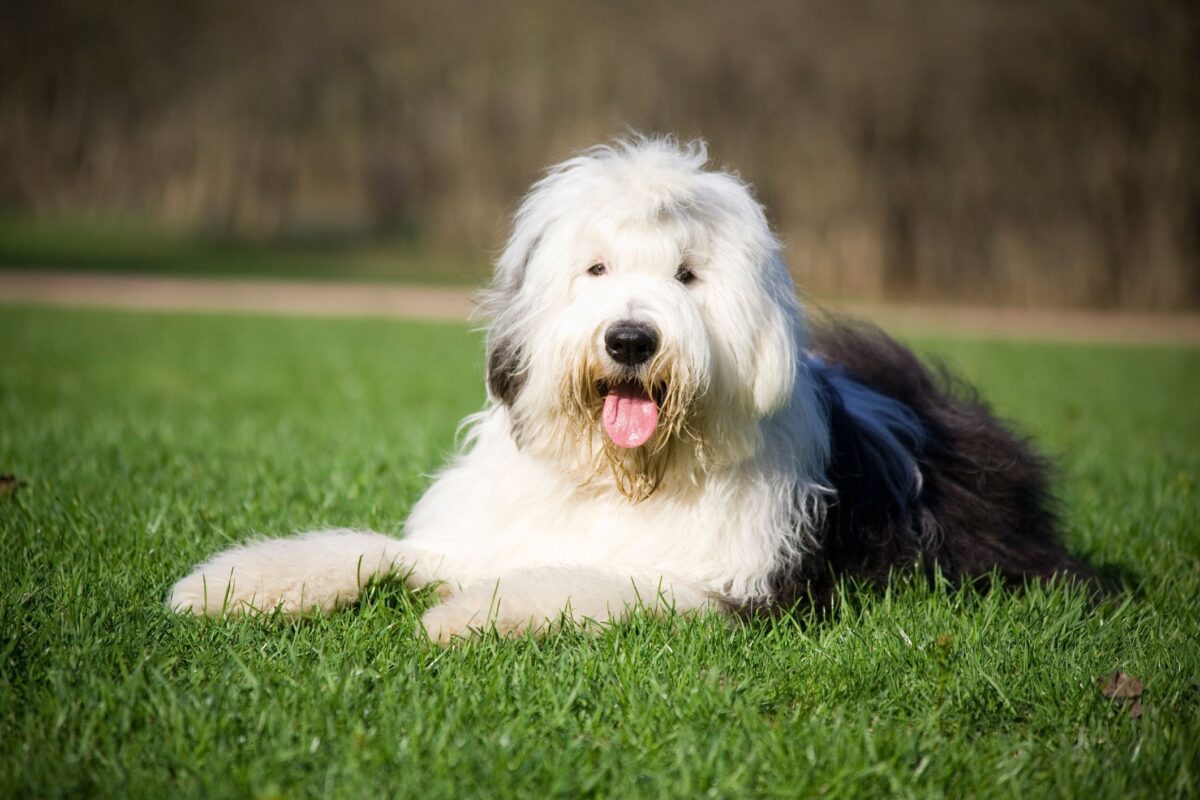
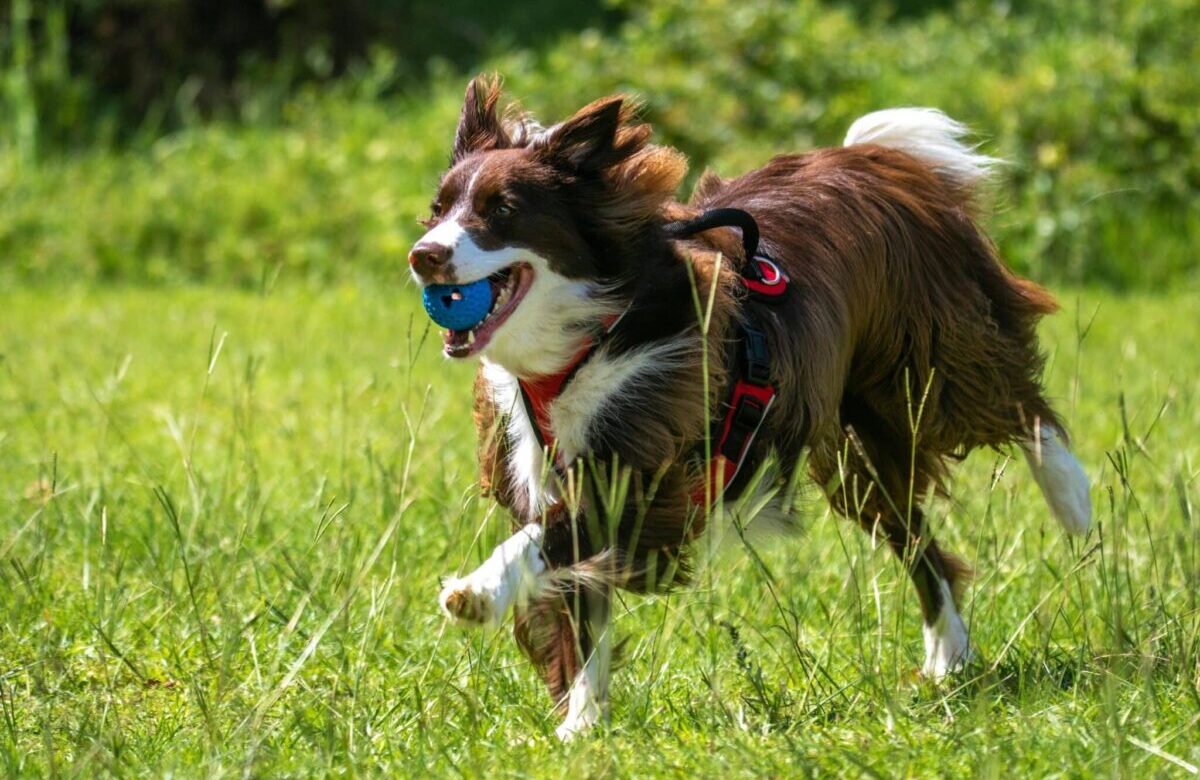
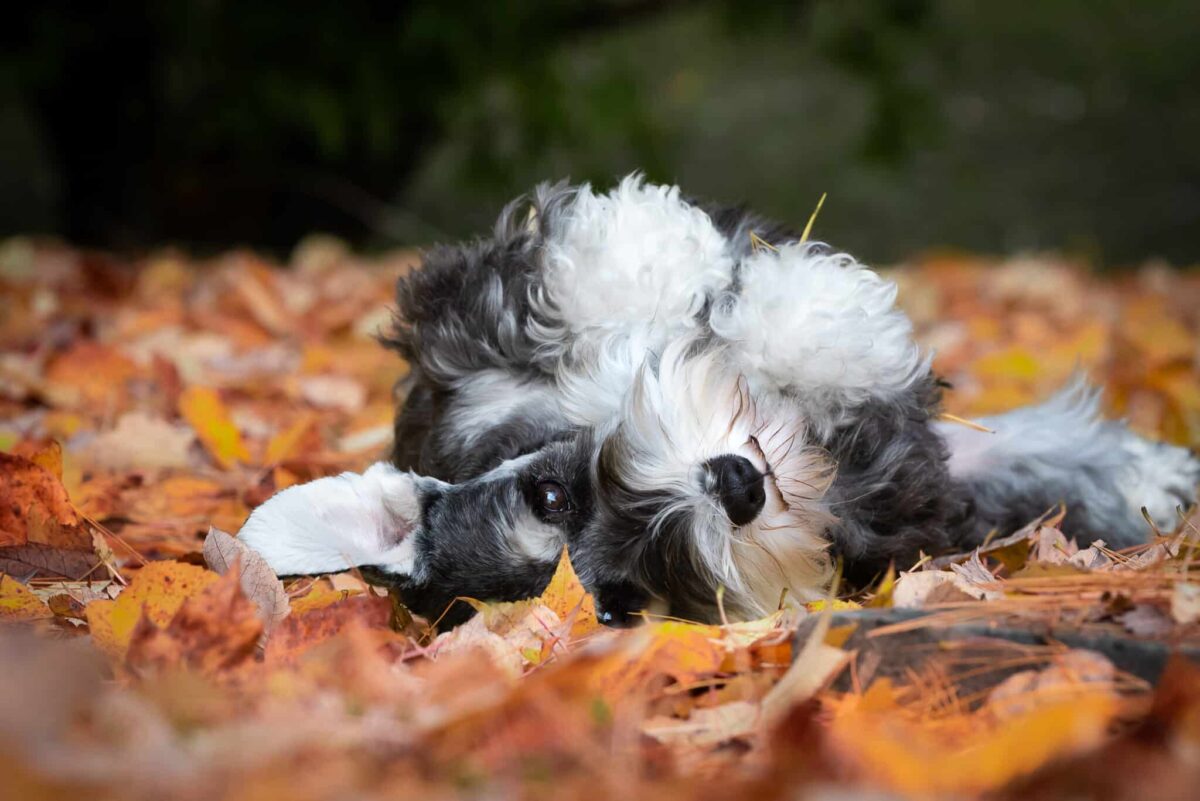


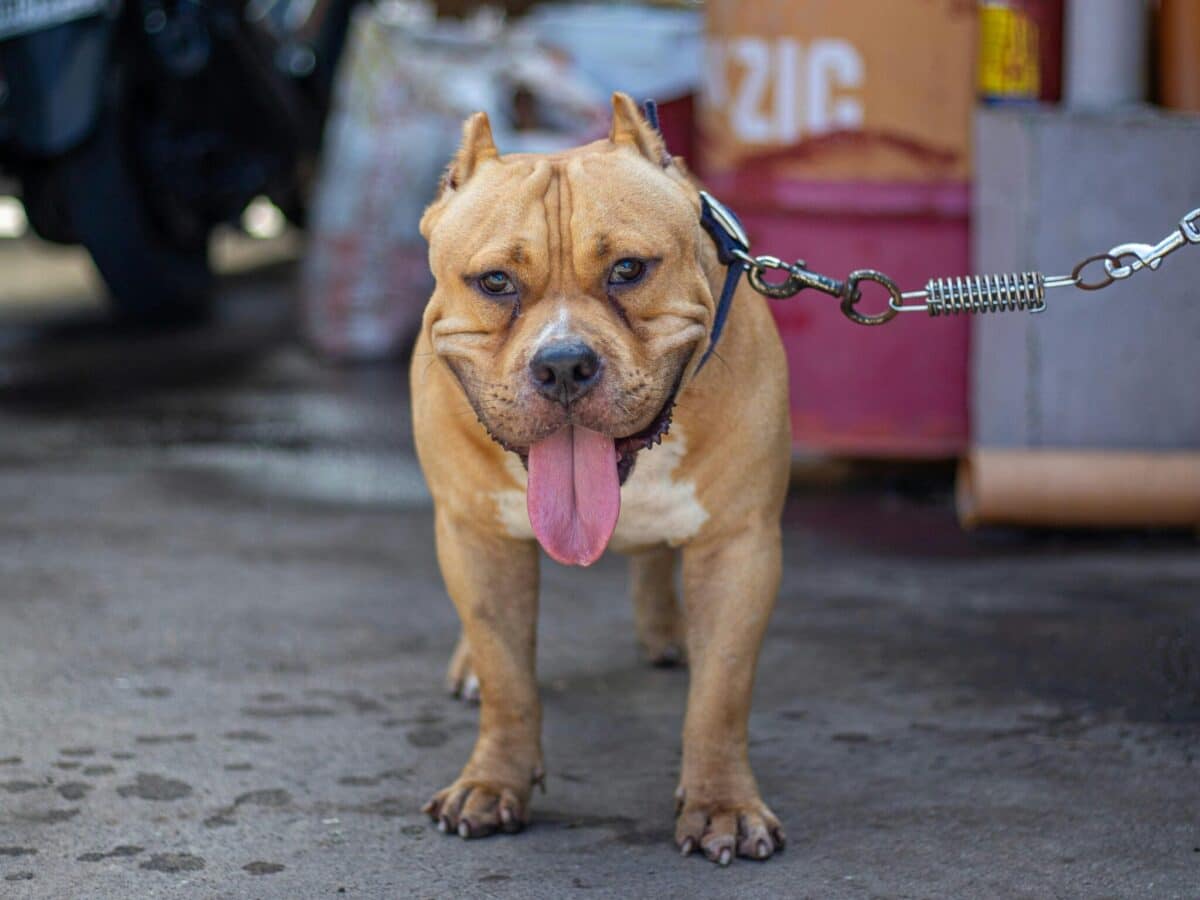




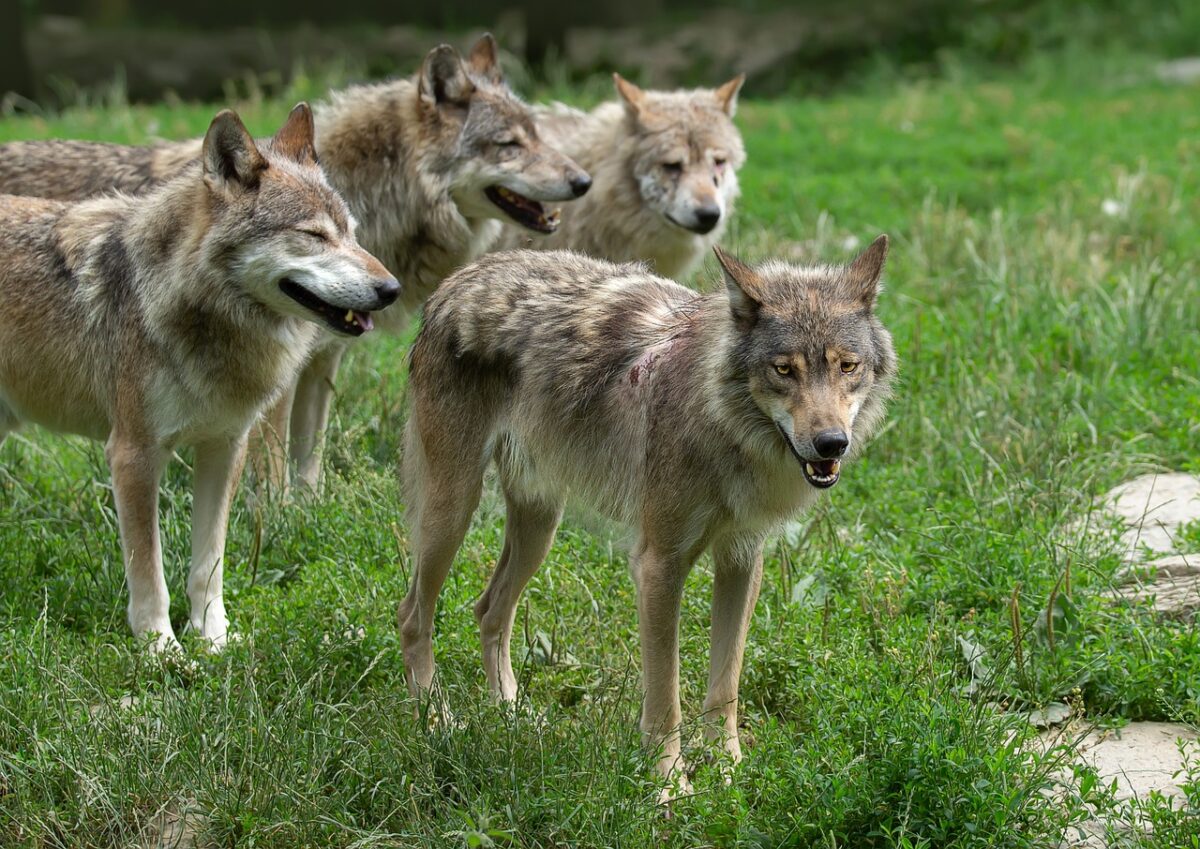
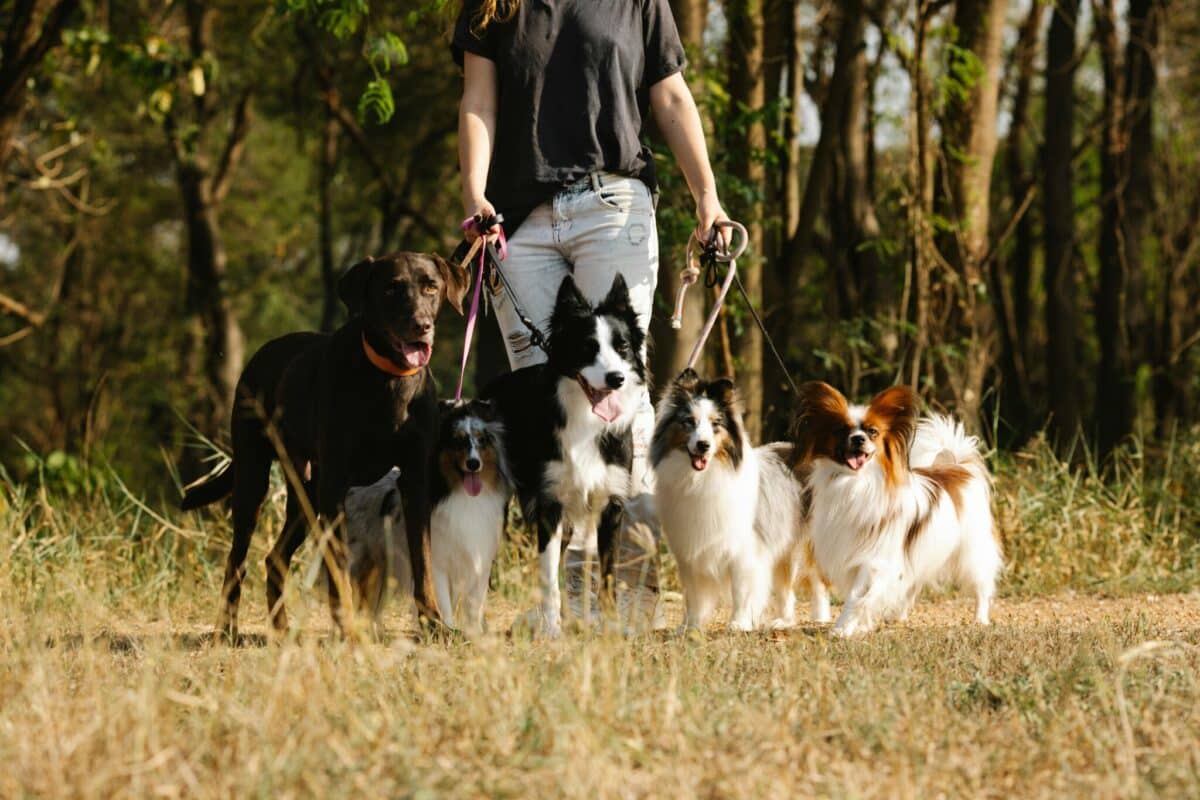



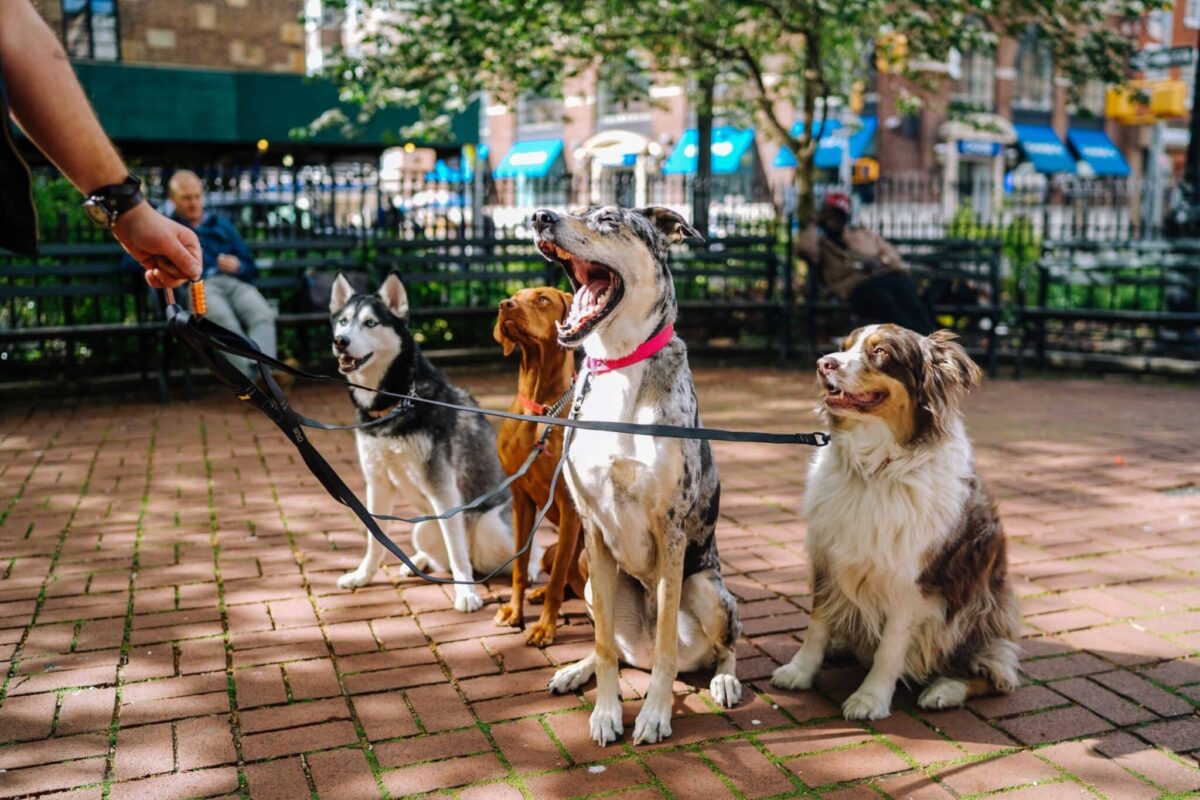

 English (US) ·
English (US) ·